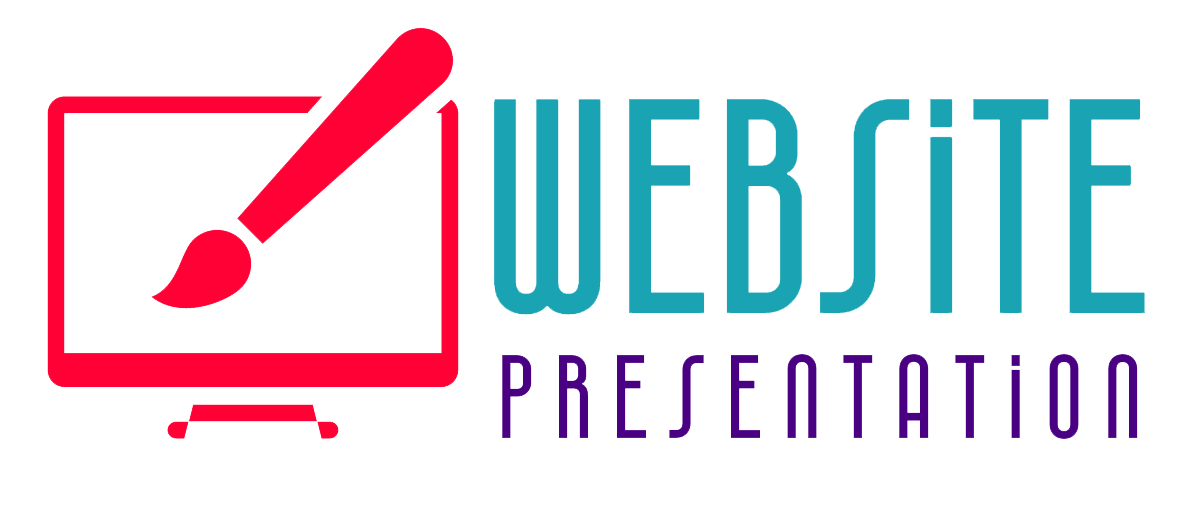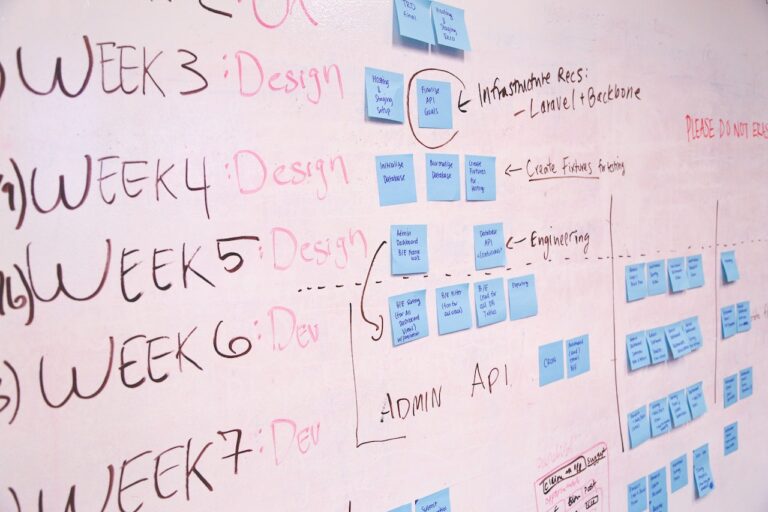When it comes to web design proposals, presenting your designs effectively while ensuring transparent pricing is crucial to successfully securing new clients. However, unforeseen additional costs can often catch web designers off guard, leading to project delays, increased expenses, and strained client relationships. Here, we will delve into the specific unforeseen costs that can arise during the web design process.
1. Responsive Design Challenges
Creating a website that is responsive across various devices is a fundamental requirement in today’s digital landscape. However, the complexities of responsive design can sometimes lead to unforeseen costs. These may include additional coding, testing, and debugging efforts to ensure seamless user experiences across different screen sizes and resolutions.
2. Content Management System (CMS) Customization
While many web designers incorporate a CMS into their proposals, clients often have specific customization requirements beyond the standard features. This can lead to additional costs in terms of developing custom plugins, integrating third-party software, or implementing advanced functionalities that go beyond the initial scope of the project.
3. Integration with Existing Systems
For clients who already have established systems in place, integrating their existing infrastructure with the newly designed website can be challenging. This could involve connecting with a CRM system, an e-commerce platform, or a database. Consequently, additional time and resources may be required to ensure a seamless integration, resulting in unforeseen costs.
4. SEO Optimization
Search Engine Optimization (SEO) is crucial for driving organic traffic to a website. While basic on-page SEO techniques may be included in the initial proposal, unforeseen costs may arise when clients request advanced SEO strategies, keyword research, content optimization, or ongoing monitoring and reporting.

5. Performance and Speed Optimization
In an era of instant gratification, website performance and speed play a vital role in user satisfaction. Unforeseen costs can arise when website speed optimization requires additional efforts such as image compression, code minification, caching, or server upgrades to ensure optimal performance.
6. Cross-Browser Compatibility
With a plethora of web browsers available, ensuring cross-browser compatibility is crucial. However, testing and optimizing a website for various browsers can be a complex and time-intensive process. This additional effort should be factored into your web design proposals, as it may require extra resources or specialized tools.
7. Content Creation and Integration
Another often-overlooked expense is content creation and integration. While clients may provide basic content, it’s common for designers to spend additional time editing, formatting, and optimizing it for the website. Additionally, integrating the content into the design can be a time-consuming task. Ensure your proposals include estimates for content-related work to avoid unexpected costs down the line.
8. Licensing and Royalties
When creating web designs, designers need to consider the usage rights and permissions for various elements such as fonts, images, and multimedia content. These resources may require purchasing licenses or acquiring permission, which can add up to significant expenses. Furthermore, if the client desires to use copyrighted material, designers need to factor in potential royalties for ongoing usage.

9. Accessibility Compliance
Ensuring that a website adheres to accessibility guidelines is becoming increasingly important. However, accessibility compliance can pose unexpected challenges and result in additional costs. These expenses may include conducting accessibility audits, modifying design elements, and incorporating features to accommodate users with disabilities.
10. Third-Party Integrations and Licenses
Clients may request integrating various third-party services into their website, such as payment gateways, email marketing tools, or social media platforms. These integrations often come with additional costs, including licensing fees or monthly subscriptions. Make sure to discuss these expenses upfront and include them in your proposals to avoid any surprises.
11. Security Measures
When it comes to web design, many clients often overlook the importance of implementing robust security measures to protect their websites from potential threats and attacks. This can lead to serious consequences, such as data breaches, loss of sensitive information, and damage to the website’s reputation. While these measures may add to the overall cost of the proposal, they are essential investments that significantly reduce the risks associated with online threats and potential data breaches.
12. Ongoing Maintenance and Support
Once a website is launched, ongoing maintenance and support become essential. Clients may require assistance in content updates, security monitoring, bug fixes, and software updates. Including these services in your proposal upfront can help mitigate unforeseen costs that may arise when clients request additional support after the project completion.
The Bottom Line
Web design proposals can be complex, and unforeseen additional costs can significantly impact both your budget and client satisfaction. By understanding and accounting for these hidden expenses, you can present your designs effectively, build trust with your clients, and deliver exceptional websites that meet their expectations. Keep in mind that open communication, thorough planning, and a comprehensive understanding of these common additional costs will enable you to navigate the web design process more smoothly, ensuring successful project outcomes every time.







